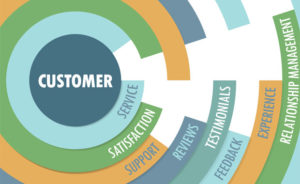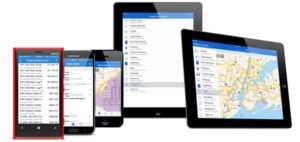
Southwest Airlines on Monday announced it was operating on a normal schedule after technical problems delayed hundreds of flights on Sunday.
A computer glitch related to the technical systems that powered its customer service operations — specifically its reservation system — apparently was to blame. Southwest teams worked throughout the night to solve the problem, the airline said.
Approximately 836 of 3,355 flights scheduled on Sunday — or about 25 percent — were affected. Long lines and delays were reported at airports in the Los Angeles and Washington, D.C. areas.
Employees used backup procedures to work around issues that affected the primary systems. Delivering bags and placing delayed and displaced customers into open seats required some additional effort, the airline said.
Southwest issued an apology to those affected by the delays and allowed customers who had planned to travel on Monday to make changes at the company’s website.
It planned to work individually with customers who were affected by the delays to make amends.
Stuck on the Ground
Weather and mechanical problems long have been the leading causes of canceled and delayed flights, but in recent years airlines technical problems have cropped up as well.
More than 200 flights out of Washington Dulles were canceled in August because of technical issues at an air traffic control center in Virginia.
United Airlines canceled 59 flights and experienced more than 800 delays in July because of a computer glitch.
Delta Air Lines, American Airlines and Alaska Airlines also have faced computer or other technical problems in recent years.
Hardware at Capacity
“This is just another in a long line of computer issues in the airlines,” said Wayne Plucker, aerospace and defense director at Frost & Sullivan.
“When our computers at work or at home have a ‘Microsoft moment,’ we generally offer several unprintable words and reboot,” he said.
Airlines use the same types of computers that most people have in their homes or businesses. They often run software that is proprietary to the airlines. Increasingly, they are pushing their computer systems to the limit.
“Most were actually created years ago and have been continuously patched to offer more capability or at least a better client-facing experience. All of those patches and extended capabilities make the systems more fragile,” Plucker told CRM Buyer.
“The pain was felt at the check-in for most customers, but gate-checking was also affected,” he noted. “American and United have had similar experiences in the recent past.”
Snowball Effect
A minor glitch in one part of a system or network can spread quickly.
“The more connected our networks become, the easier it is to create a snowball effect. While the advantages are clear, the disadvantages are clear as well,” said Roger Entner, principal analyst at Recon Analytics.
“Back in the days when everything was siloed, only one silo went down and everything else worked. Now it is much more likely to create a domino effect, and more than one silo, if not all of them, come crashing down when you have a problem with one,” he told CRM Buyer.
“Other systems are equally vulnerable, such as flight-planning software and scheduling systems,” said Frost & Sullivan’s Plucker. “Virtually every airline has had those hickups as well. Welcome to the computer age. It will happen again soon to another airline.”



















































